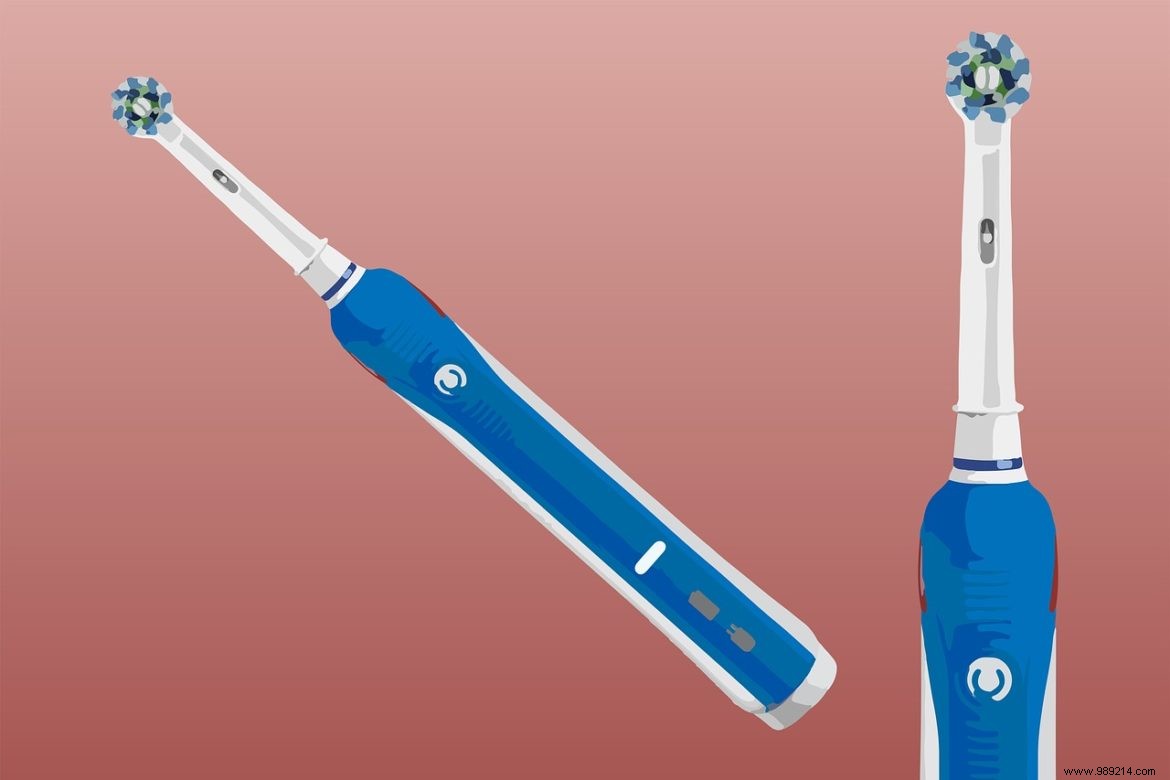
Anything that stimulates your child's interest in oral care can be helpful in preventing plaque and cavities. An electric toothbrush for children can be the ideal solution for a child who does not like to brush their teeth.
Contents 1 Should my child use an electric toothbrush? 2 How to choose the right toothbrush 3 It all depends on the techniqueThere are many benefits to using an electric toothbrush. Experts say manual and electric toothbrushes can be equally effective in fighting plaque and gum disease. However, for children who are reluctant brushers or have difficulty brushing with a manual brush, an electric brush may be easier or more comfortable to use. If you are unsure which brush is best for your child, talk to your dentist at your next dental checkup.
In addition to keeping your child's teeth clean, your child's toothbrush offers some fun benefits. Many electric brushes come in a variety of styles, such as battery-operated toothbrushes with a cartoon character, which encourage children to practice good oral health care.
Choosing the best electric toothbrush can be difficult with the number of models that appear on the market. If you have a baby or toddler, you can use a damp cloth or gauze to clean their teeth and gums. You can also use a soft toothbrush. A baby's toothbrush should have a very small head that fits comfortably in the mouth. Brushing your baby's teeth and gums will get him used to brushing his teeth twice a day. When your child is 2 years old, choose a toothbrush with a small head and a soft handle that will be easy for your child to hold.
Toothbrushes for children aged 5 to 8 have thinner handles because older children have more dexterity than toddlers. Many toothbrushes for kids in this age range are decorated with popular TV and movie characters, animals, and other fun designs. Choose a toothbrush your child likes so they can use it. Children aged 8 and over can brush their own teeth. Toothbrushes for older children look like adult toothbrushes, but the heads are slightly smaller and the handles larger.
Remember that an electric toothbrush cannot do all the work on its own. You will still need to help your child practice proper brushing technique to prevent cavities. Show your child how to place the brush at a 45 degree angle to the gumline. Even with the movement of the motorized brush, your child will still have to move it back and forth against the teeth and gums in small, gentle strokes.
Proper maintenance of a manual toothbrush and an electric toothbrush is the same except for the need to charge the latter. Rinse your child's brush well after each use and store it upright. Replace toothbrushes every three months and, after a cold, flu or other infection, throw them away immediately. A child's toothbrush often needs to be replaced more often than an adult's, especially if your child has a tendency to chew on the brush.